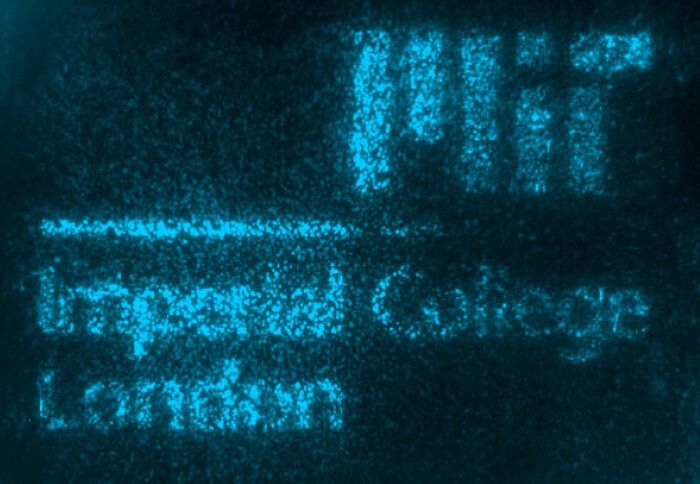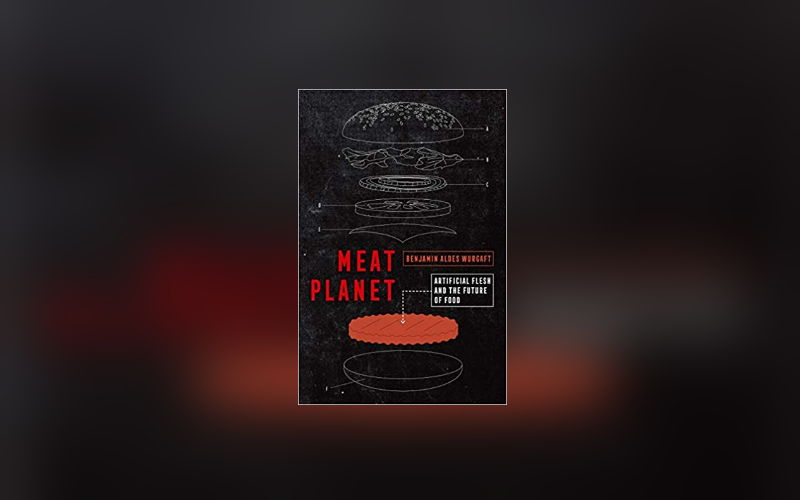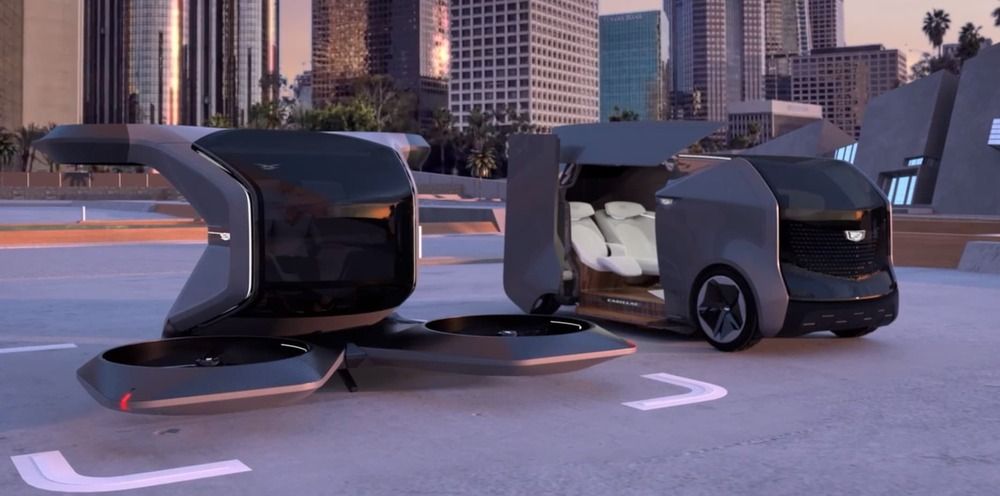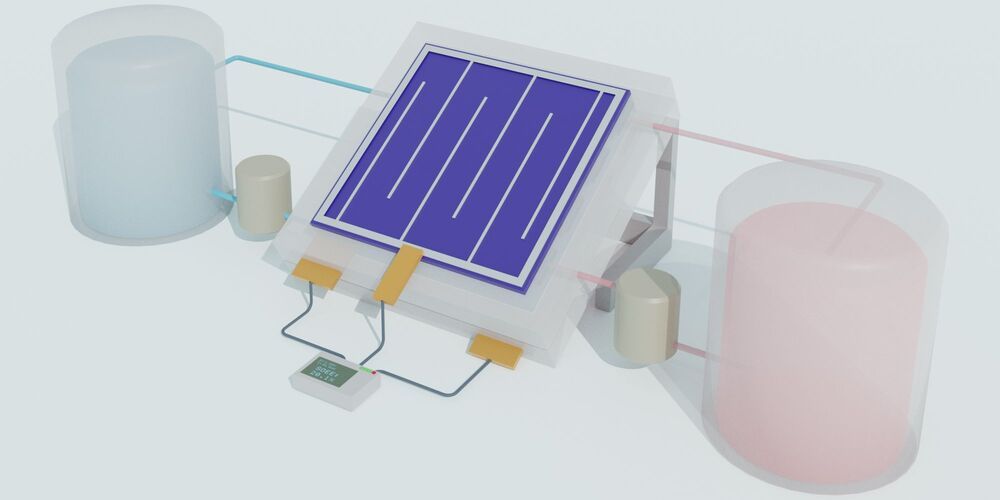Review: Meat Planet (2019) by Benjamin Aldes Wurgaft
In the words of the book’s author, Benjamin Aldes Wurgaft, Meat Planet: Artificial Flesh and the Future of Food (2019) is “not an attempt at prediction but rather a study of cultured meat as a special case of speculation on the future of food, and as a lens through which to view the predictions we make about how technology changes the world.” While not serving as some crystal ball to tell us the future of food, Wurgaft’s book certainly does serve as a kind of lens.
Our very appetites are questioned quite a bit in the book. Wondering about the ever-changing history of food, the author asks, “Will it be an effort to reproduce the industrial meat forms we know, albeit on a novel, and more ethical and sustainable, foundation?” Questioning why hamburgers are automatically the default goal, he points out cultured meat advocates should carefully consider “the question of which human appetite for meat, in historical terms, they wish to satisfy.”
Wurgaft’s question of “which human appetite” – past, present, or future – is an excellent one. If we use his book as a lens to observe other emerging technologies, the question extends well beyond our choices of food. It could even have direct implications for such endeavours as radical life extension. Will we, if we extend our lifetimes, be satisfactory to future people? We already know the kind of clash that persists between different generations, and the blame we often place on previous generations for current social ills, without there also being a group of people who simply refuse to die. We should be wary of basing our future on the present – of attempting to preserve present tastes as somehow immutable and deserving immortality. This may be a problem such futurists as Ray Kurzweil, author of The Singularity is Near (2005) need to respond to.
If we are to justify the singularity at which we or our appetites are immortalized, we should remember technology changes “morality’s horizon”, as Wurgaft observes. If, for example, a new technology arises that can entirely eliminate suffering, our choice to allow suffering is an immoral one. If further technologies then emerge that can eliminate not just suffering but death, it will become immoral on that day to permit someone’s natural death – at least to the extent it is like the crime of manslaughter. I argued in my own book that it will be immoral to withhold novel biotechnologies from impoverished countries, if we know such direct action will increase their economic independence or improve their health. Put simply, our inaction in a situation can become an immoral deed if we have the necessary tools to stop suffering.
Continue reading “Artificial Flesh” »

















